In the contemporary creative sector, the majority of artists’ careers are entrepreneurial. A survey conducted by the Strategic National Arts Alumni Project (SNAAP) confirmed that the majority arts graduates who find work in their field utilize an entrepreneurial skill set: out of the 92,113 artist alumni polled, over 60% were self-employed, and 14% founded their own company.[4] Creative industries scholar Ruth Bridgstock defines arts entrepreneurship as 1) creating a new venture, 2) the description of an enterprising individual, or 3) a means of employment and career self-management.[5] Most importantly, arts entrepreneurship draws upon distinct skill sets that are not taught in traditional business contexts.
Yet this entrepreneurial approach is not reflected in the majority of fine arts programs’ curricula. Bridgstock writes, “relatively few tertiary arts schools attempt to develop capabilities for venture creation and management (and entrepreneurship more broadly) and still fewer do so effectively.”[6] Instead, most BFA and MFA visual arts programs focus almost exclusively on studio classes, neglecting to incorporate the managerial skills their students will require post-graduation. USA Today author Dan Berrett explains, “If arts graduates exhibited a tendency toward resourcefulness and entrepreneurship, it was not because of help from their institutions.”[7] In the latest SNAAP survey, over half of the respondents indicated they were dissatisfied with the career preparation provided by their alma maters.[8]
One might argue that we do not know where successful artists obtained their entrepreneurial skill set. If many artists are creating successful careers, perhaps they learned their business skills indirectly through their studio practice, or simply don’t need formal training at all. Yet a survey conducted by BFAMFAPHD found that arts graduates were actually less likely to make a living off their work than non-arts graduates.[9] Moreover, many arts graduates ultimately decided to abandon their career path because they could not find work.[10] Clearly, art schools could do a better job preparing their students for arts careers.
Many educators and administrators acknowledge their institutions’ short-comings: "It's clear that we need to be doing a better job of preparing our students for the business realities that they face after graduation," writes Douglass Dempster, dean of the College of Fine Arts at the University of Texas at Austin.[11]
If art schools recognize the problem, what are the barriers to change? First, many faculty are not in favor of teaching professional practices.[12] Like many students and artists, they see arts entrepreneurship as a subsidiary vocational practice and object to it on pedagogical grounds.[13] Even if faculty accept the ideology in principle, they may not be able to provide instruction in practice: since they didn’t have access to professional practices while they were in school[14], they may not have the skills necessary to teach students.
Second, professors who are willing and able to teach professional practices face an additional barrier: namely, the sheer amount of coursework required to attain an art degree. "Most of the professional fine arts degrees are saturated with regimented requirements that leave little room for additions," writes Dempster.[15] This was certainly the case for my alma mater, UNC Asheville. In addition to extensive liberal arts requirements, BFA studio art majors were required to take an intensive 68 hours of credits towards their major—enough hours to earn both a political science and economics degree at the same university. While the program recently reduced curricular requirements, it did not do so without major resistance. The department still does not offer any coursework
Finally, like most arts institutions, tertiary art programs are operating under very limited resources. Only so much can be accomplished within one degree program. With faculty and staff already over-extended, it’s easy to write off extra coursework, especially coursework traditionally associated with other areas of study (i.e. business or marketing). Yet, as Bridgstock points out, arts entrepreneurship and business entrepreneurship are not the same thing.
Yet I believe there’s room for both studio art and arts entrepreneurship in art schools’ curriculums. Since it’s not possible for any degree-granting program to be comprehensive, replacing a few studio art courses with professional practices would represent a better use of limited resources. This way, the curriculum focuses on teaching essential skill sets. Studio art classes teach problem solving, creative autonomy, and methods of visual evaluation; arts entrepreneurship teaches the state of the creative sector and students’ conceivable roles within it.
Professional practices training does not always require additional classes. Much of the coursework could be integrated into existing classes. Supplementing studio work with writing assignments, for instance, fosters written communication skills. Extracurricular projects and student-led organizations can also supplement the curriculum. Mentoring students throughout a grant application process, or modeling the gallery application process would be highly beneficial for an aspiring artist. This type of instruction is not only educational, but also essential in a field that necessitates entrepreneurship. In response to the contemporary creative sector, tertiary arts programs must adapt to their students’ needs by challenging the traditional fine arts curriculum.
[1] Diana, Schemo, “Endowment Ends Program Helping Individual Artists,” The New York Times, 1994, http://www.nytimes.com/1994/11/03/arts/endowment-ends-program-helping-individual-artists.html.
[2] Susan Jahoda, Blair Murphy Murphy, and Caroline Woolard, screenwriters, Artists Report Back, BFA MFA PHD, 2014.
[3] Andrea Fraser, “L’1%, c’est moi,” Artforum, 2011.
[4] Dan, Berrett, “Arts graduates find jobs, satisfaction,” USA Today, 2011, http://usatoday30.usatoday.com/news/education/2011-05-03-inside-higher-ed-arts-programs-college_n.htm.
[5] Ruth Bridgstock, "Not a dirty word: Arts entrepreneurship and higher education," Arts & Humanities in Higher Education 12, nos. 2-3 (2012).
[6] Bridgstock, "Not a dirty word," 122.
[7] Dan Berrett, “Arts graduates find jobs, satisfaction.”
[8] Strategic National Arts Alumni Project: Tracking the Lives and Careers of Arts Graduates, SNAAP, http://snaap.indiana.edu.
[9] Susan Jahoda, Blair Murphy Murphy, and Caroline Woolard, screenwriters, Artists Report Back.
[10] Dan Berrett, “Arts graduates find jobs, satisfaction.”
[11] Dan Berrett, “Arts graduates find jobs, satisfaction.”
[12] Barry Hessenius, "Interview with Ruby Lerner," Barry's Blog. Last modified March 2, 2014. http://blog.westaf.org/2014/03/interview-with-ruby-lerner.html.
[13] Bridgstock, "Not a dirty word," 128.
[14] Barry Hessenius, "Interview with Ruby Lerner."
[15] Dan Berrett, “Arts graduates find jobs, satisfaction.”
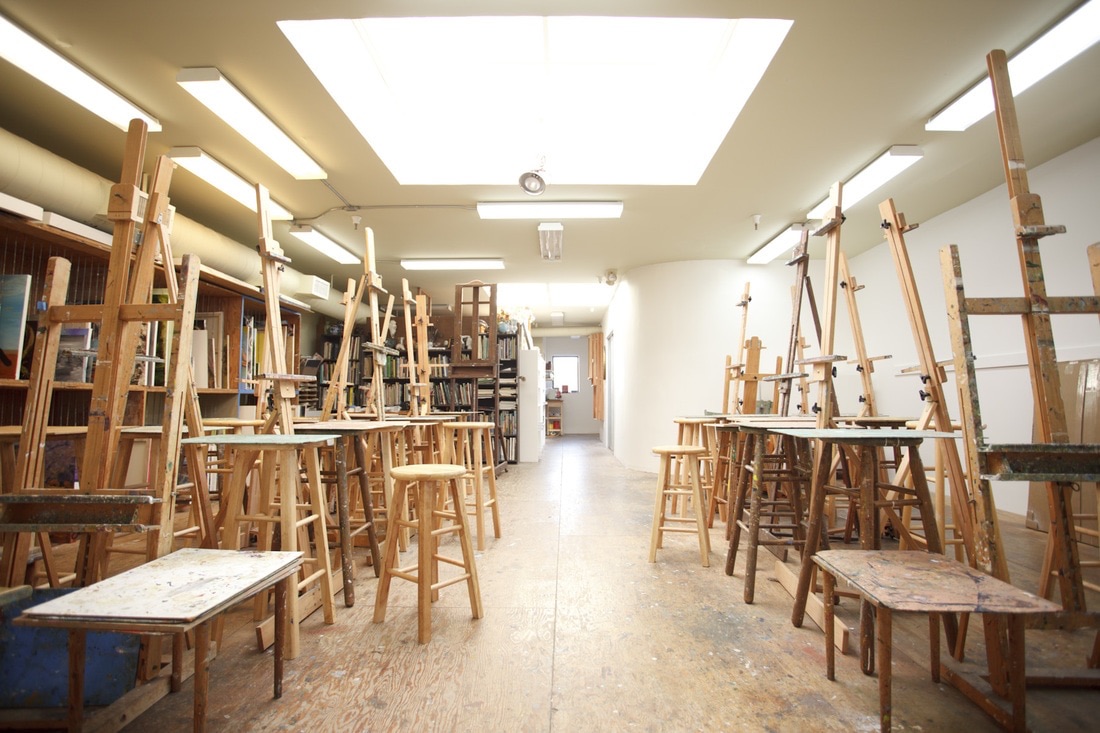
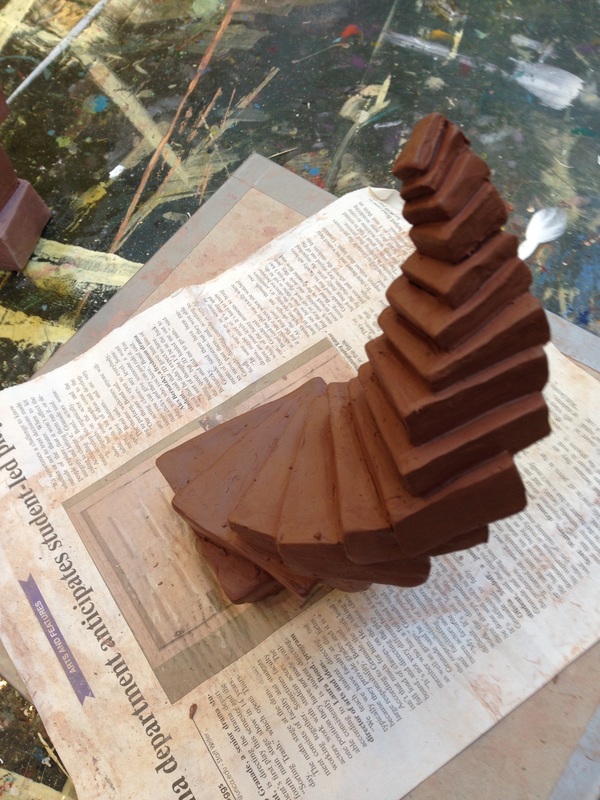
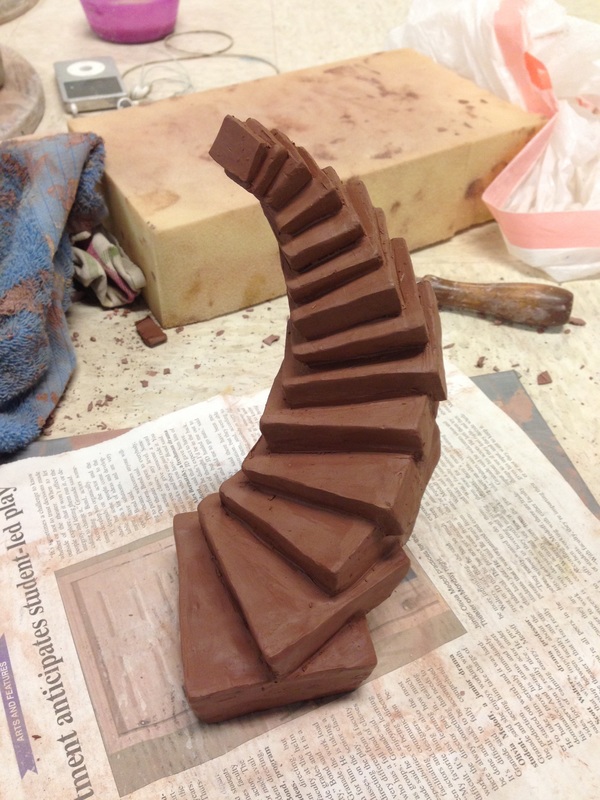
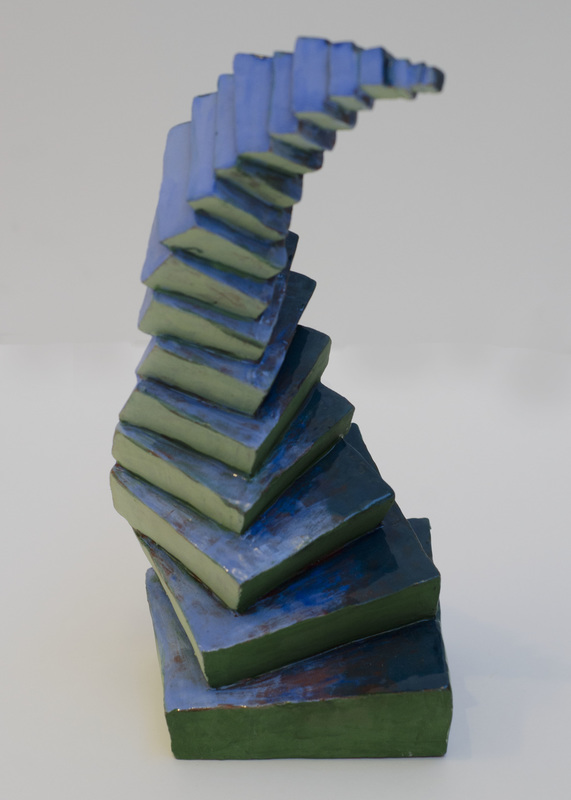
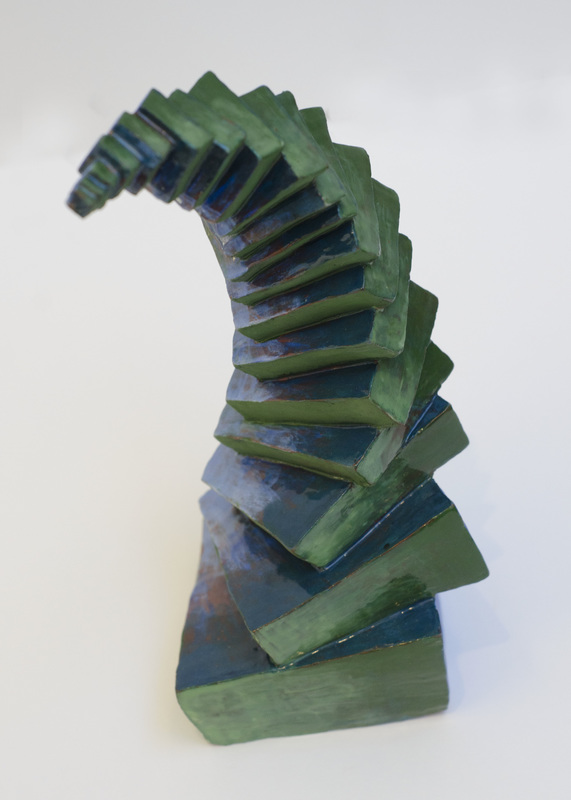
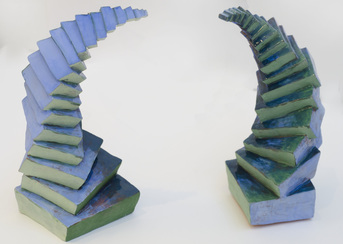
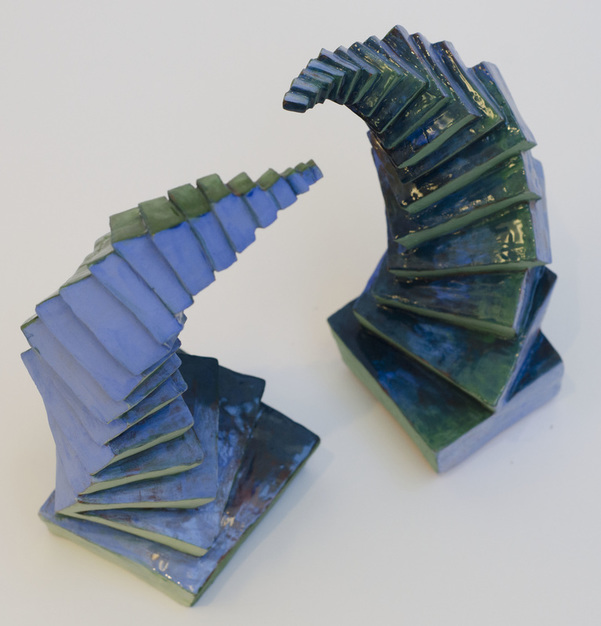
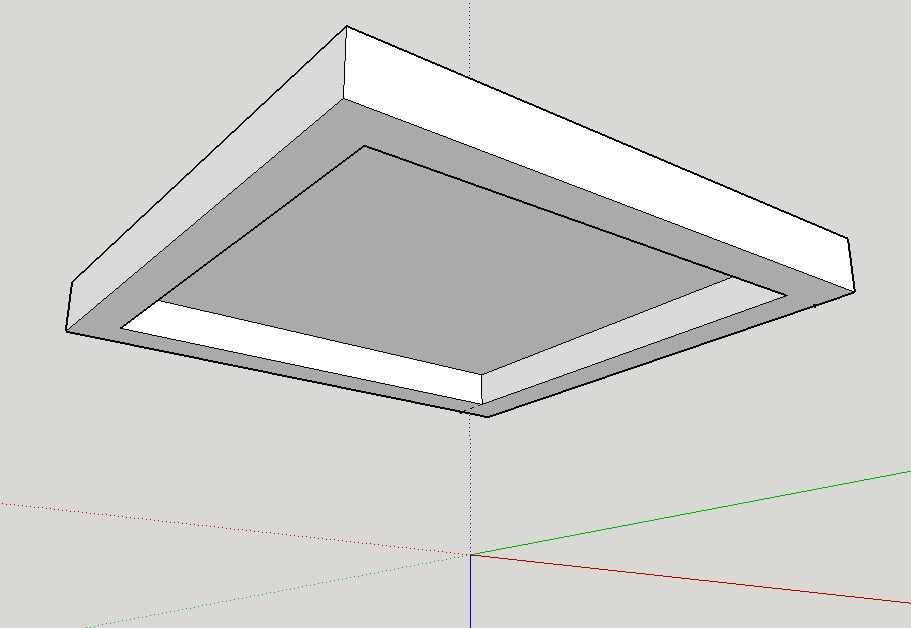
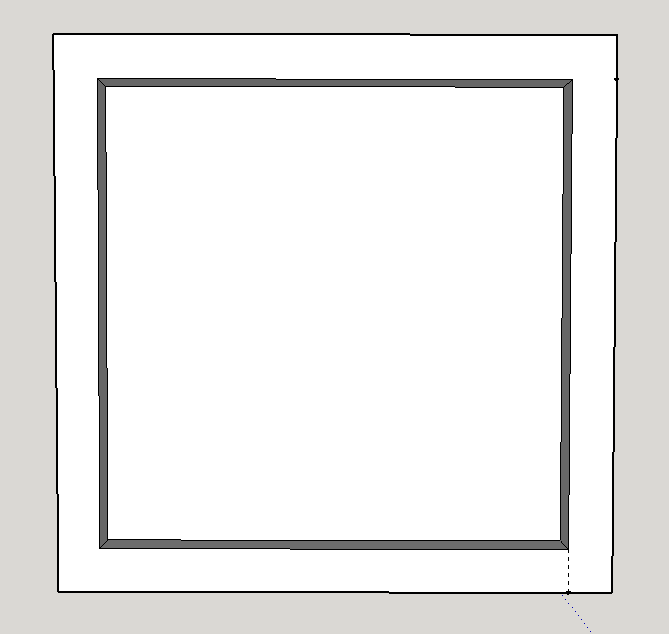
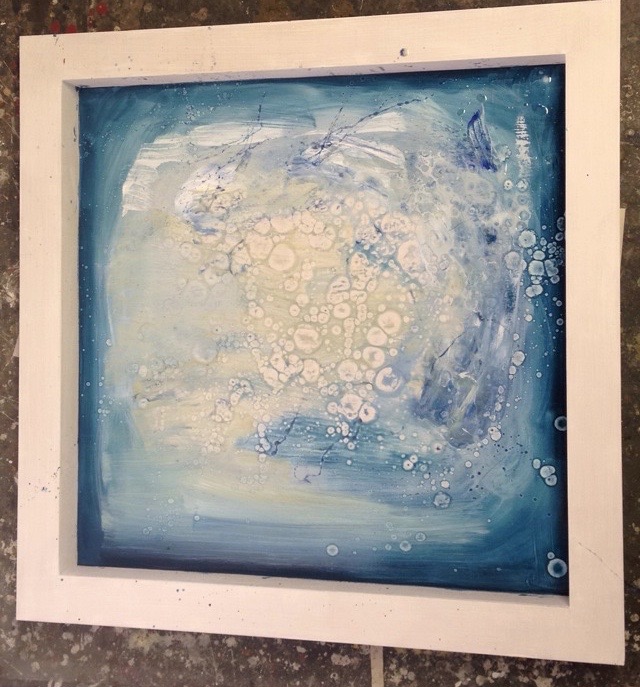
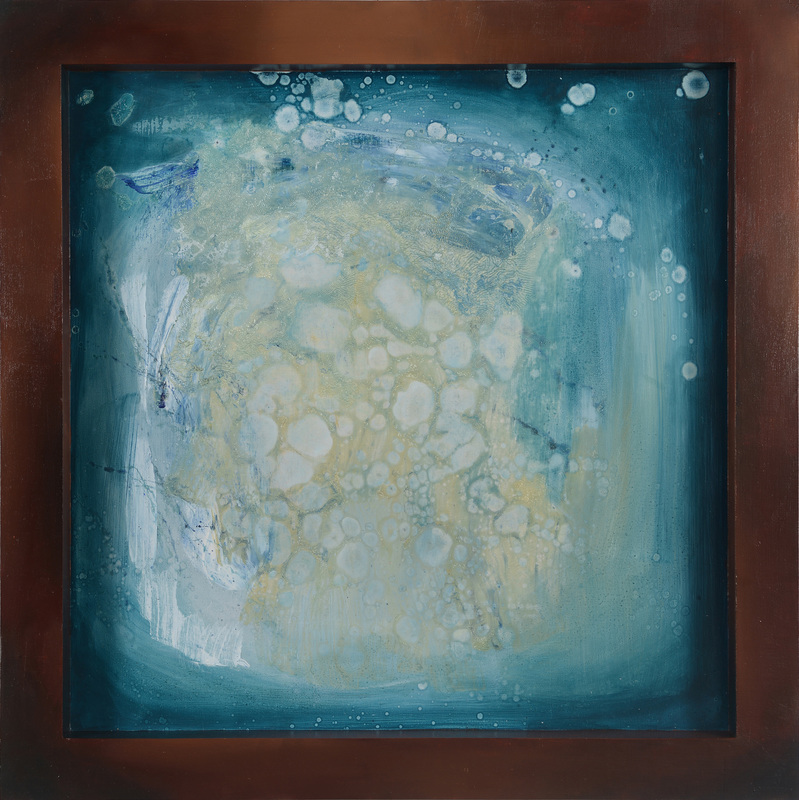
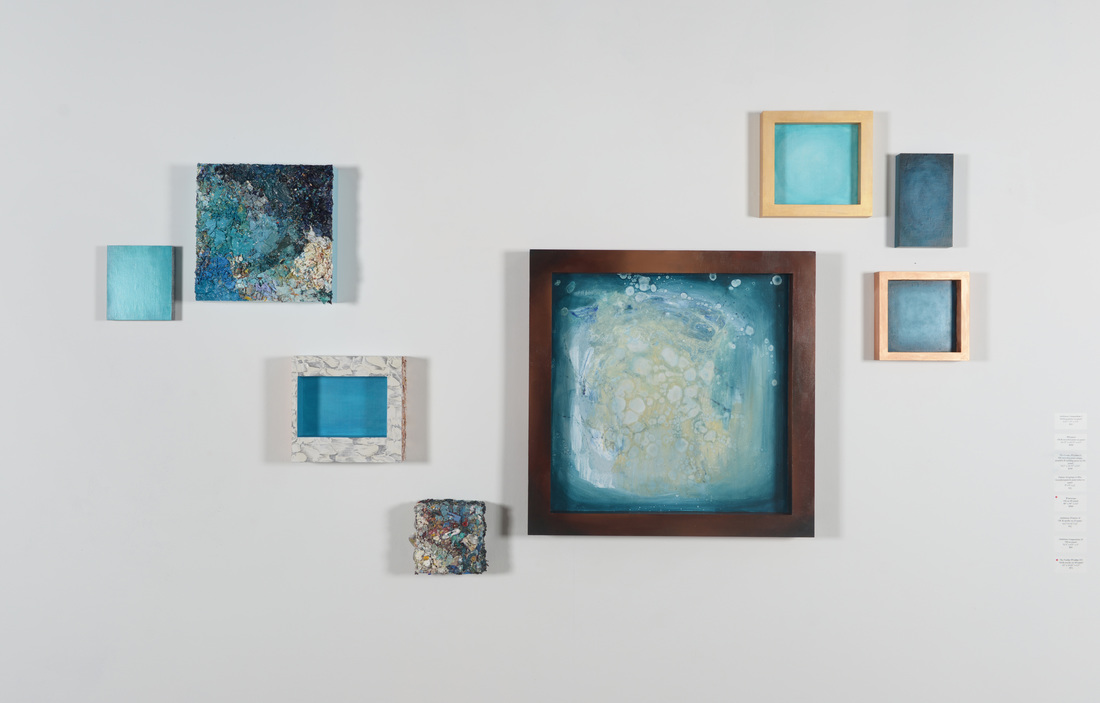
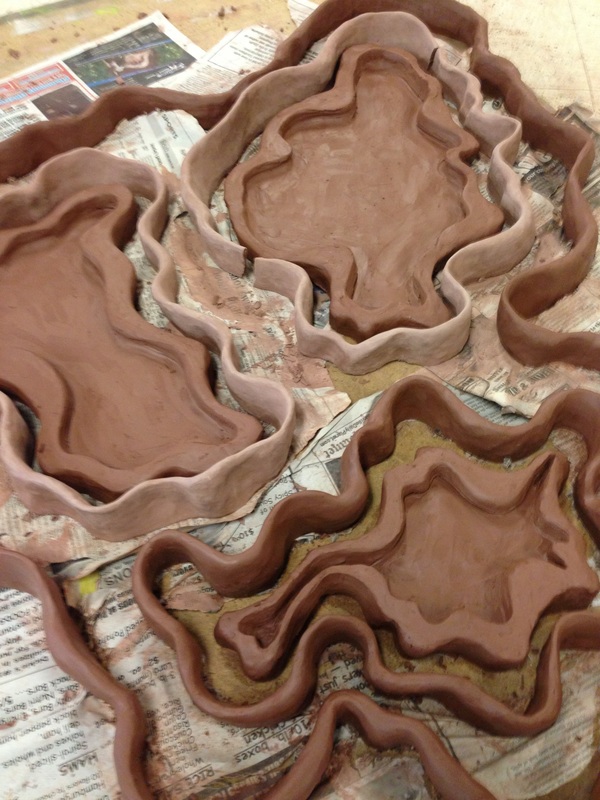
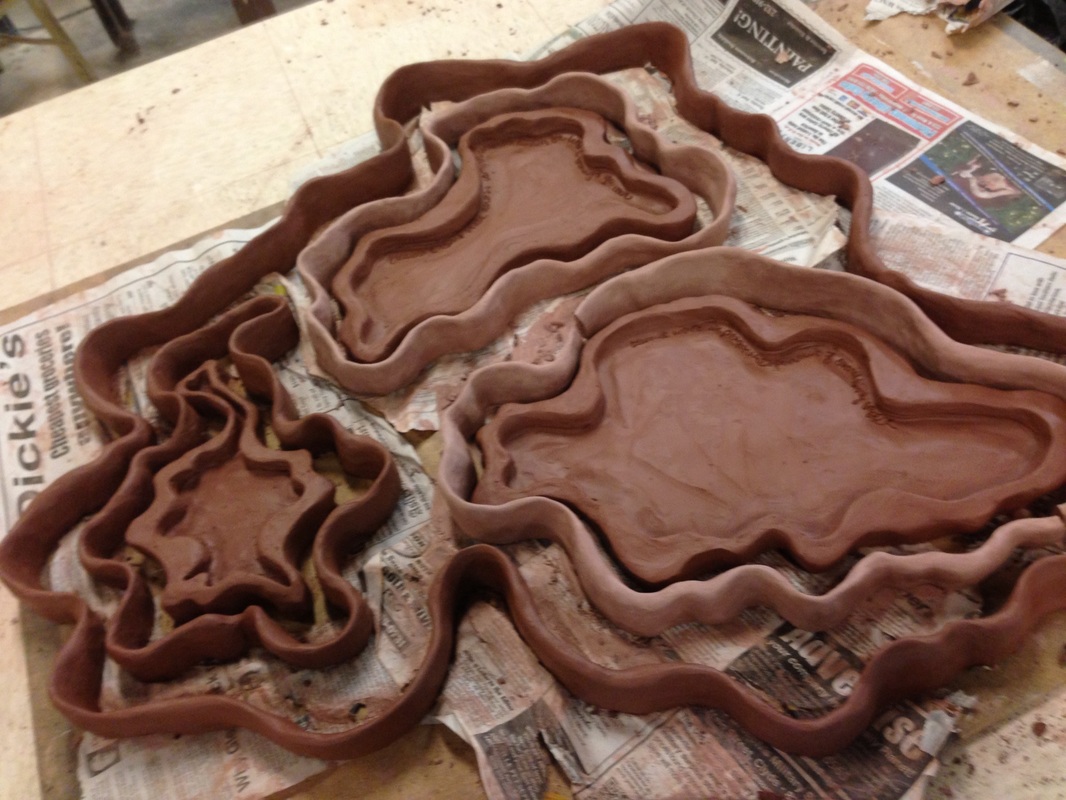
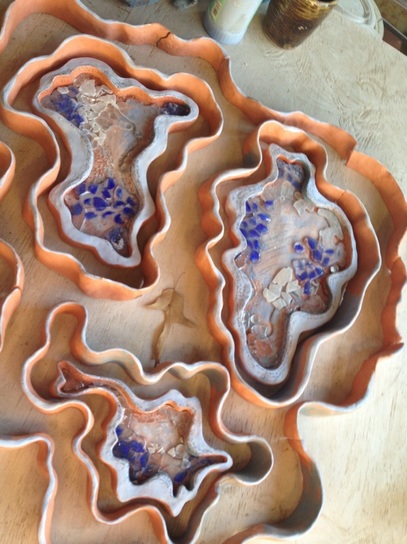
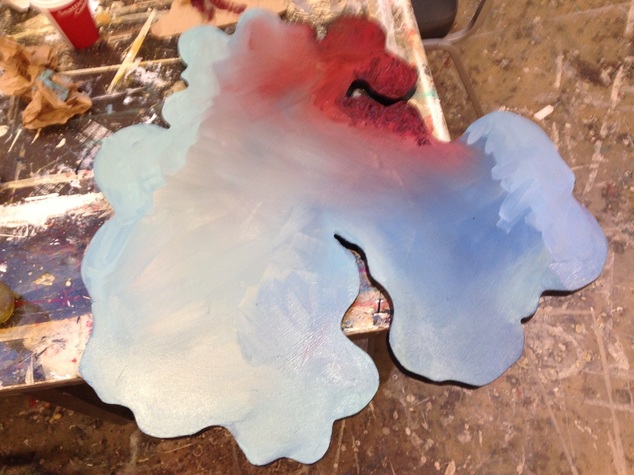
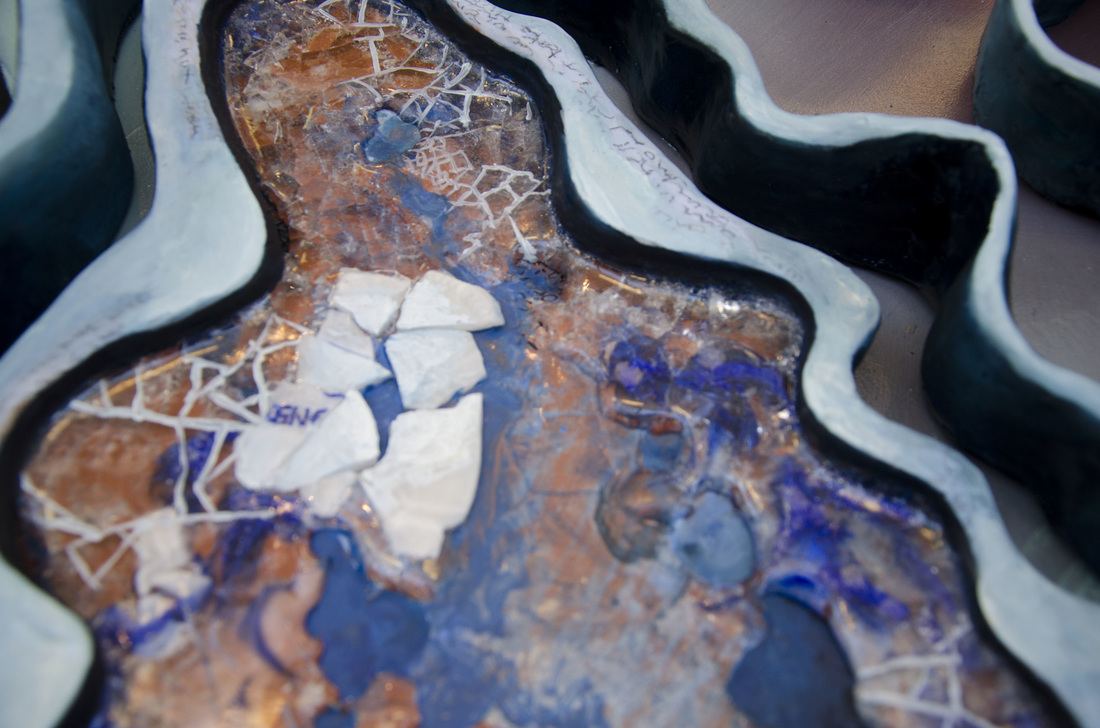
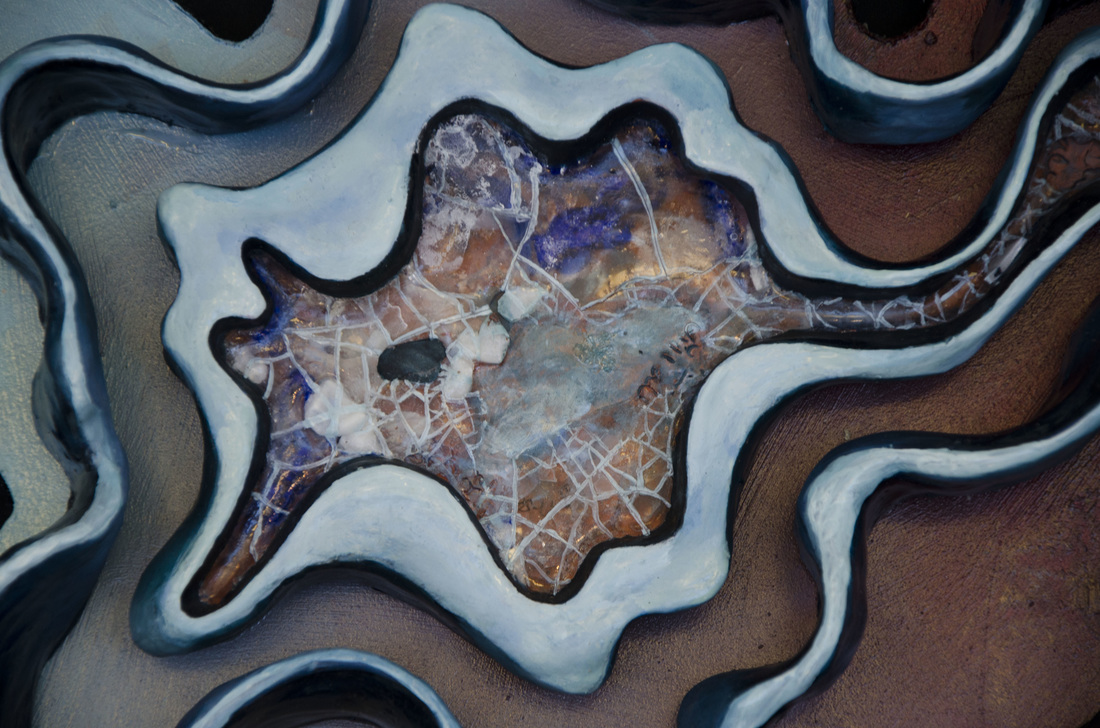
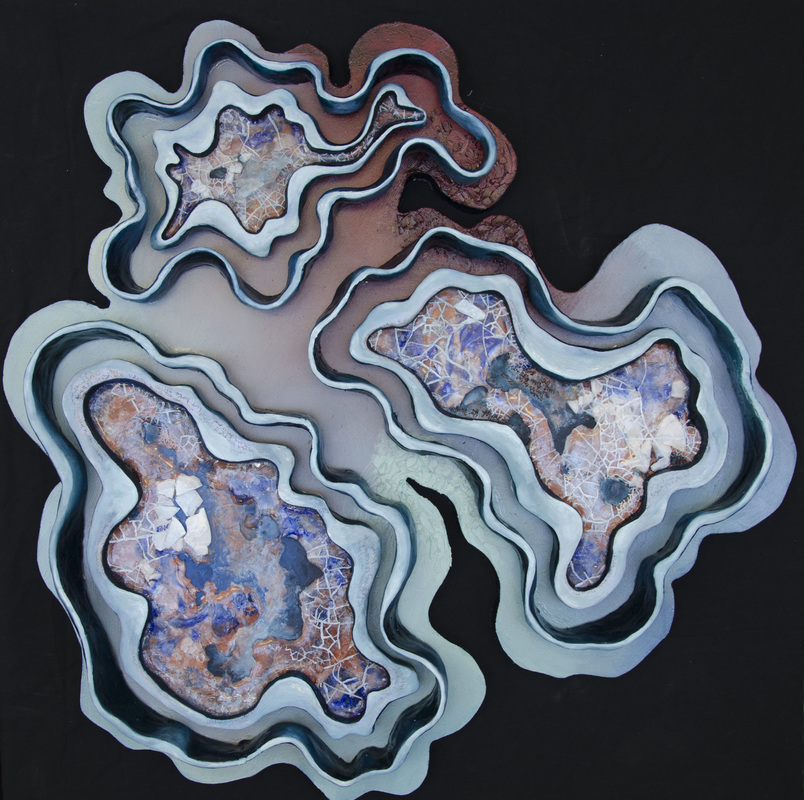
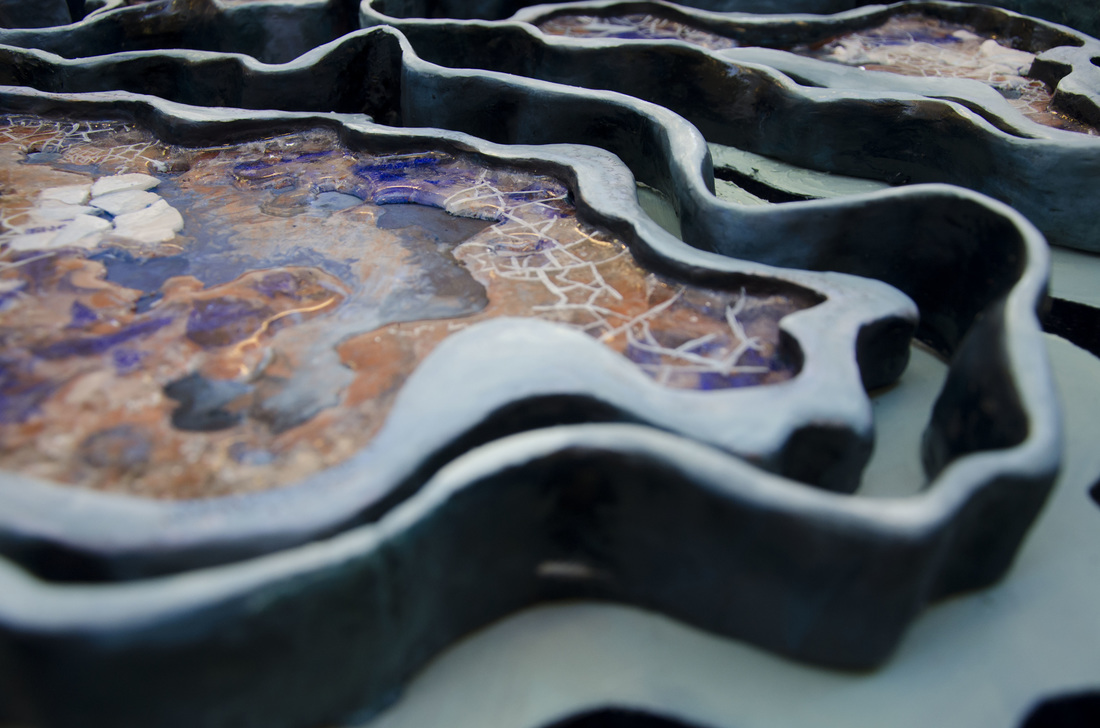
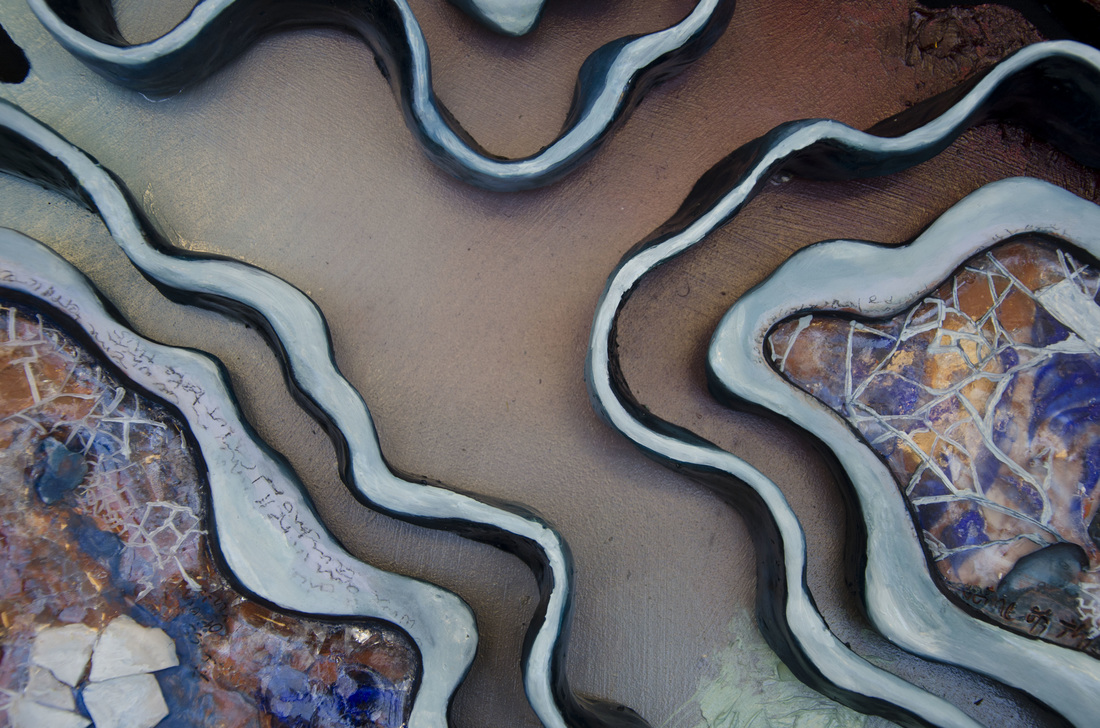
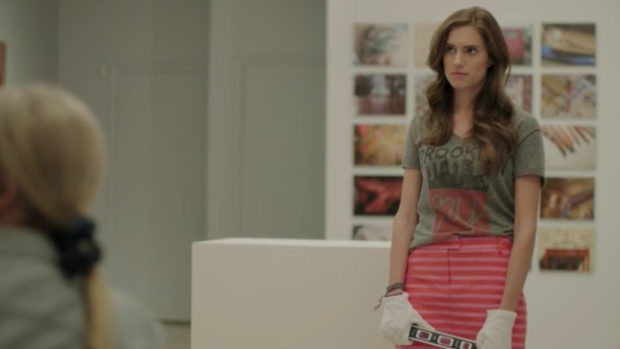
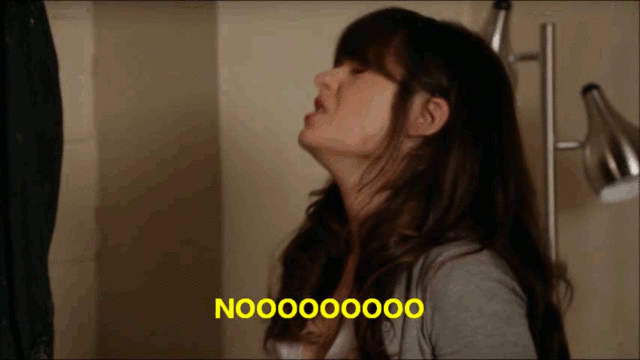


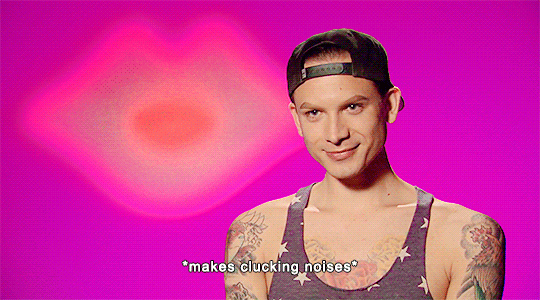
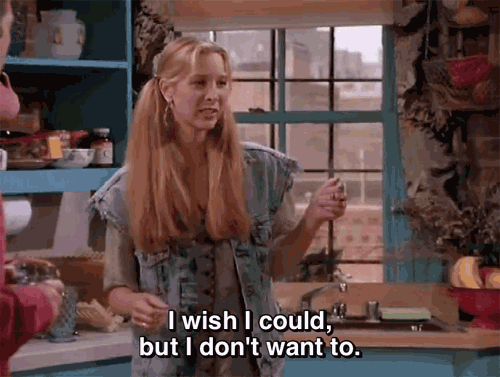
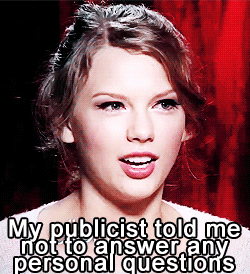
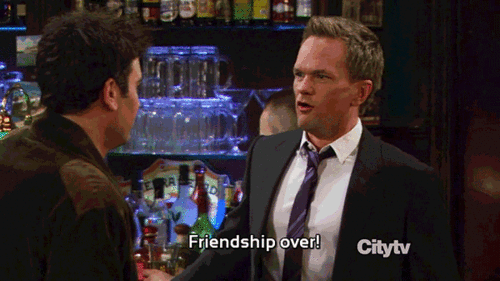
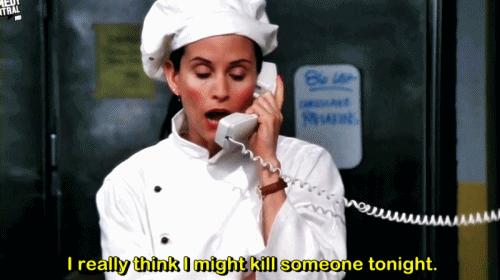

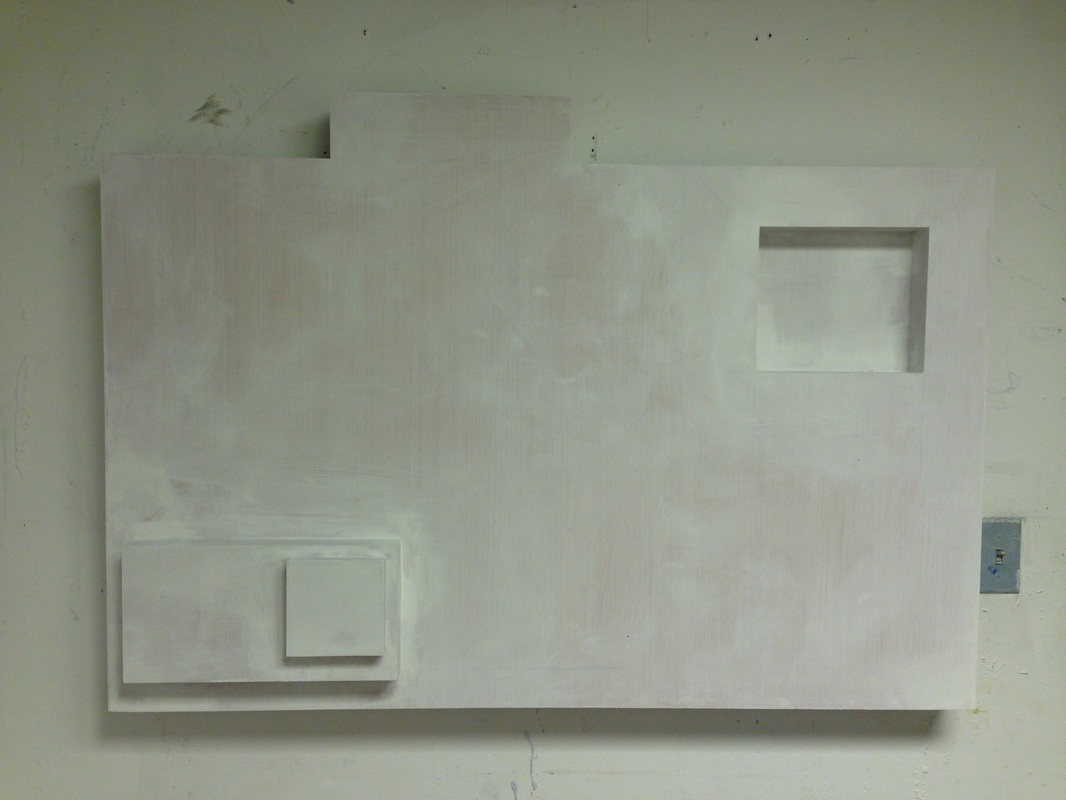
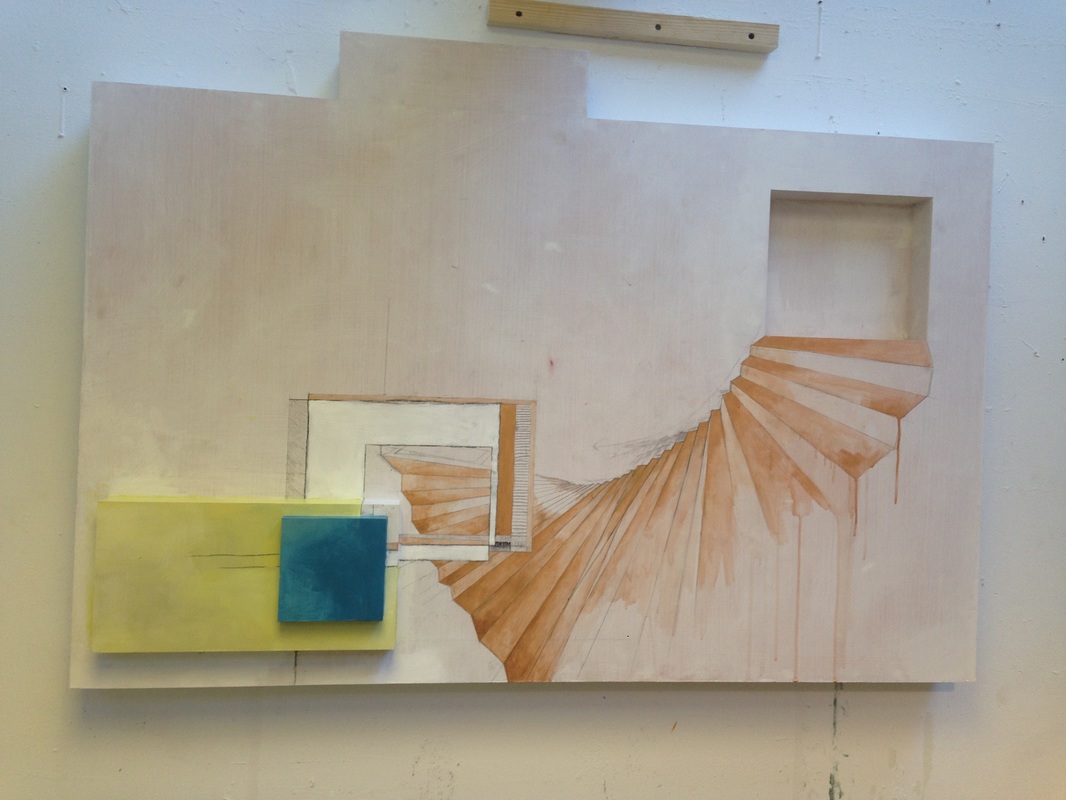
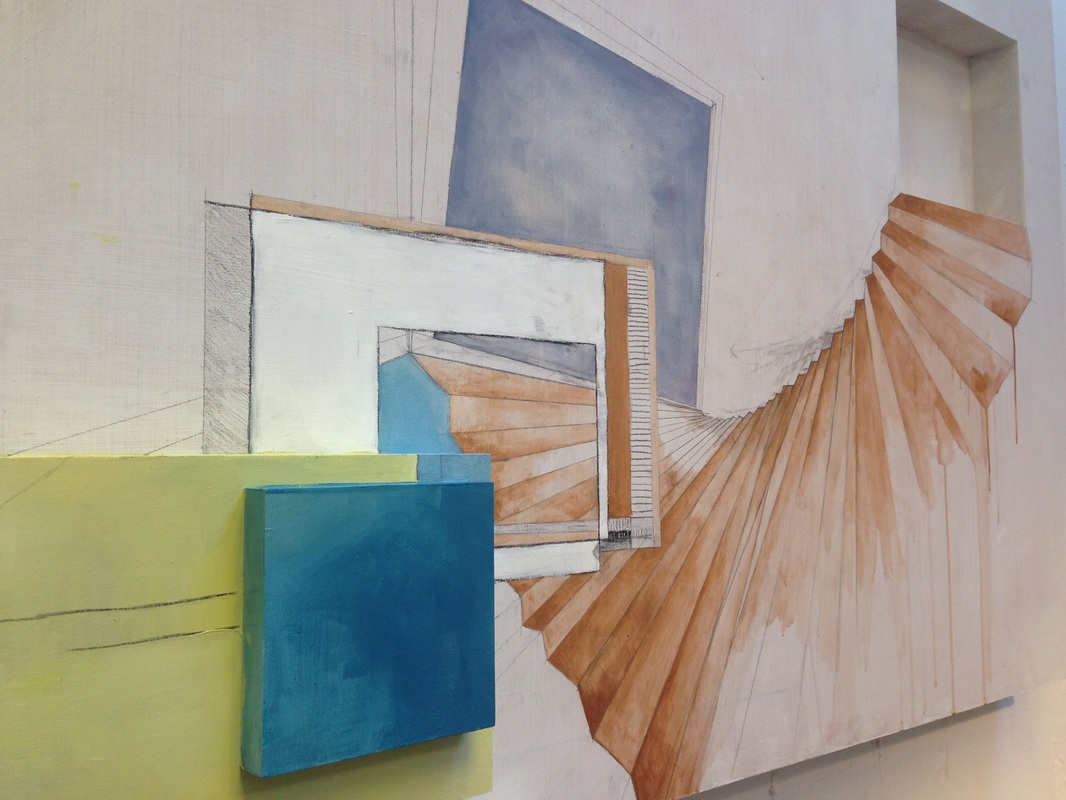
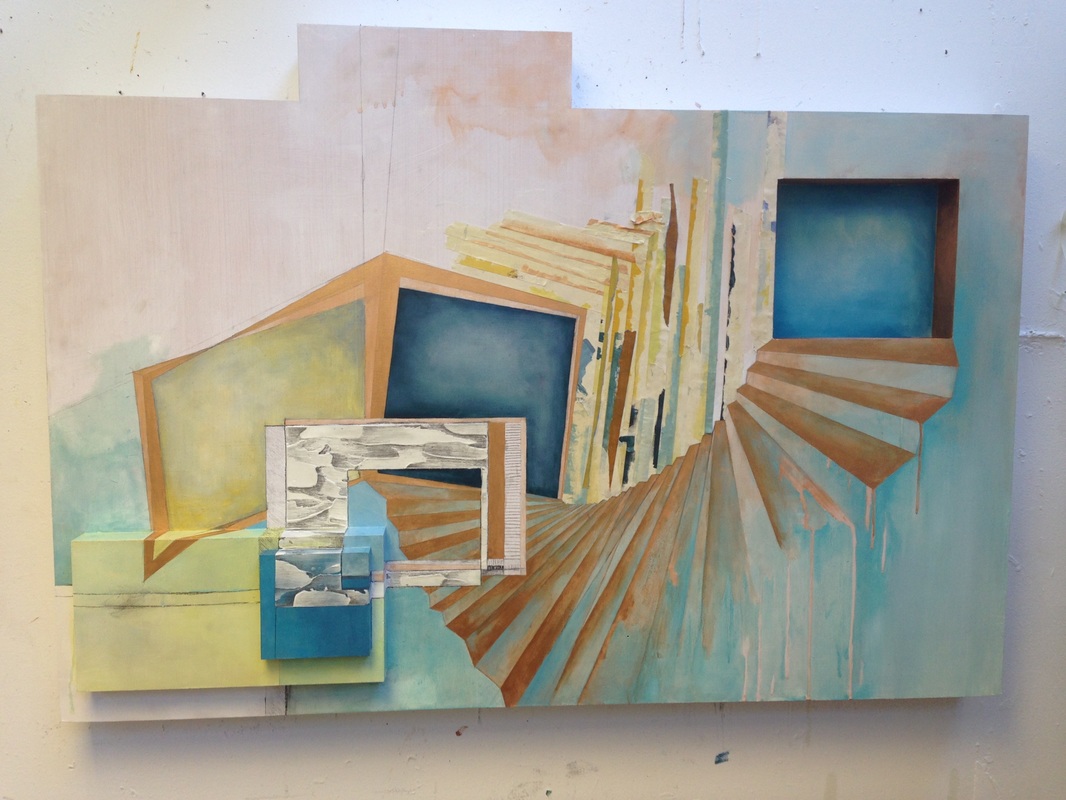
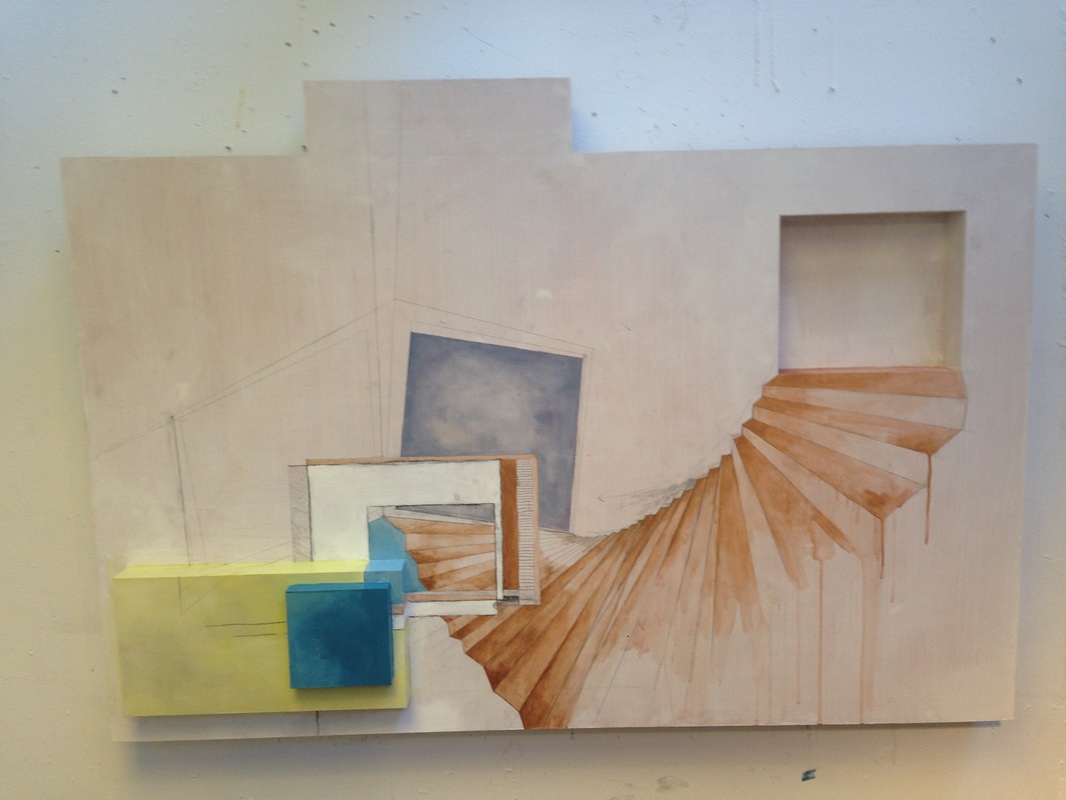
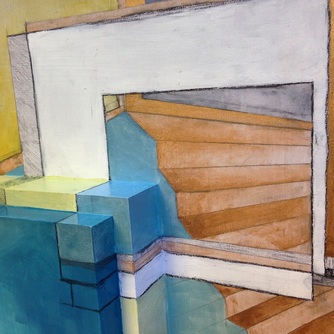
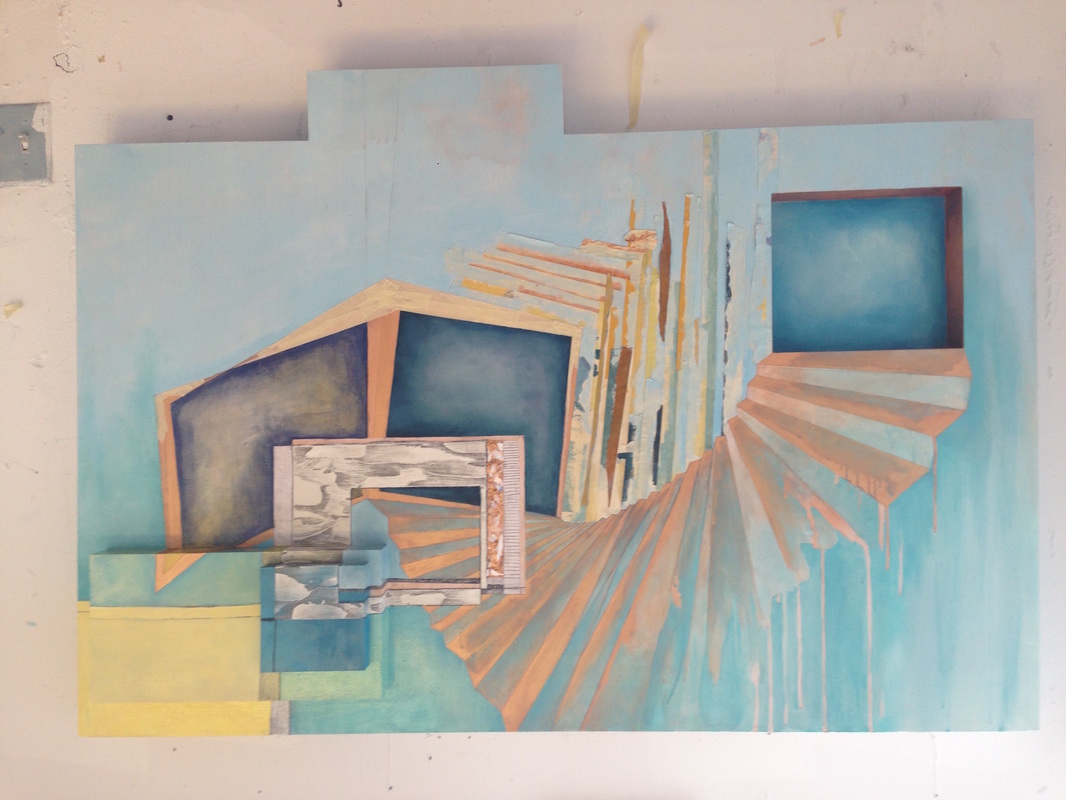
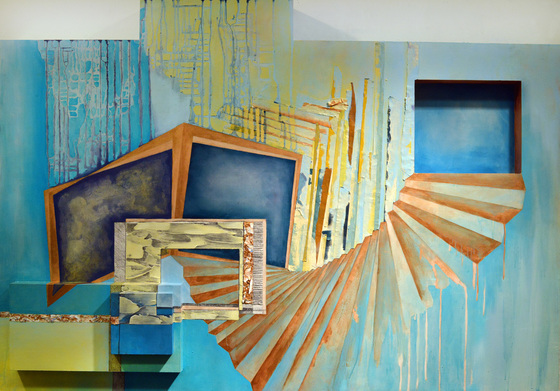
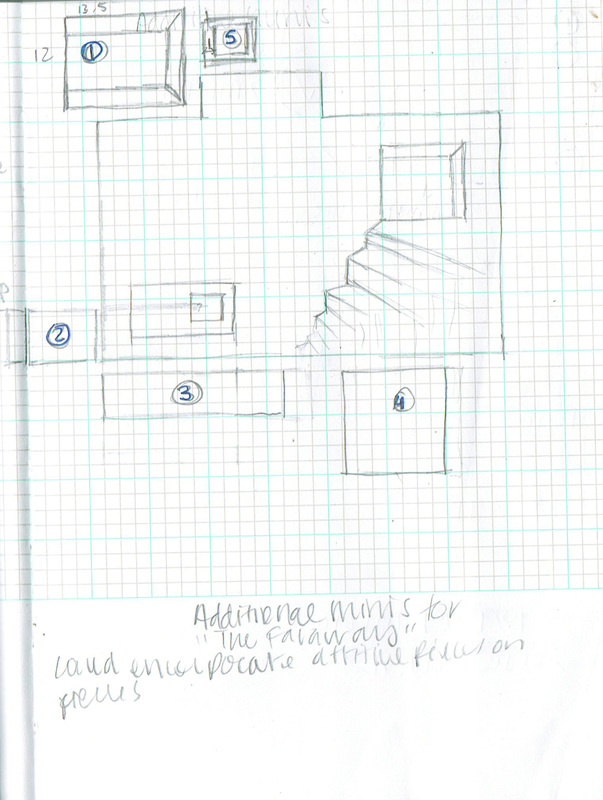
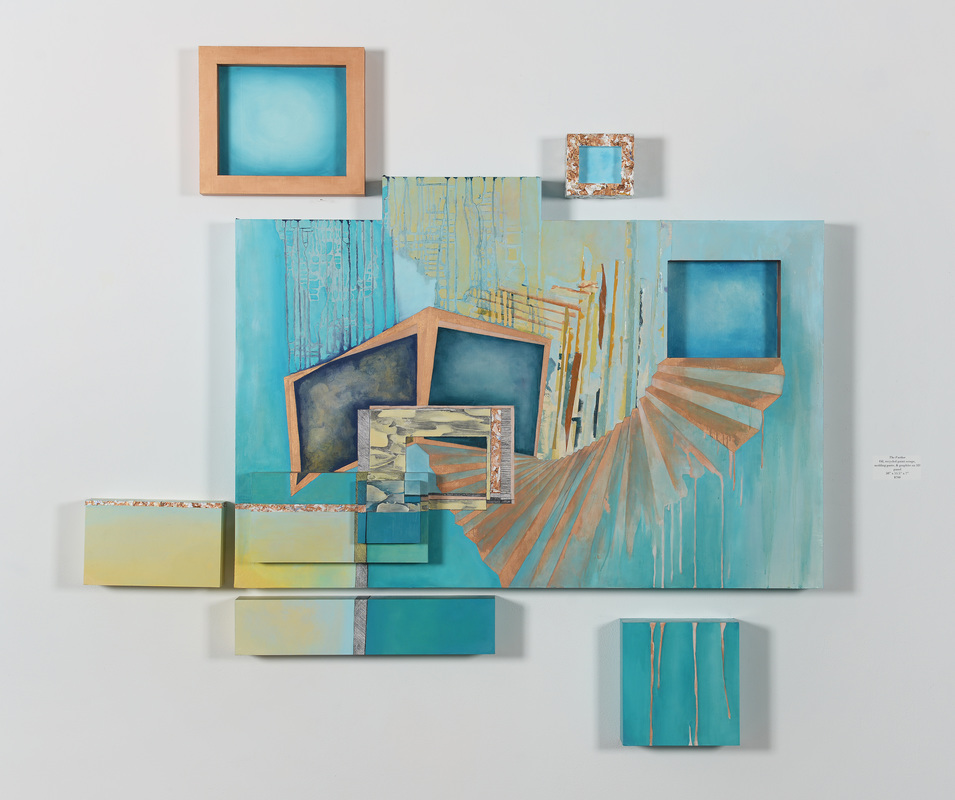
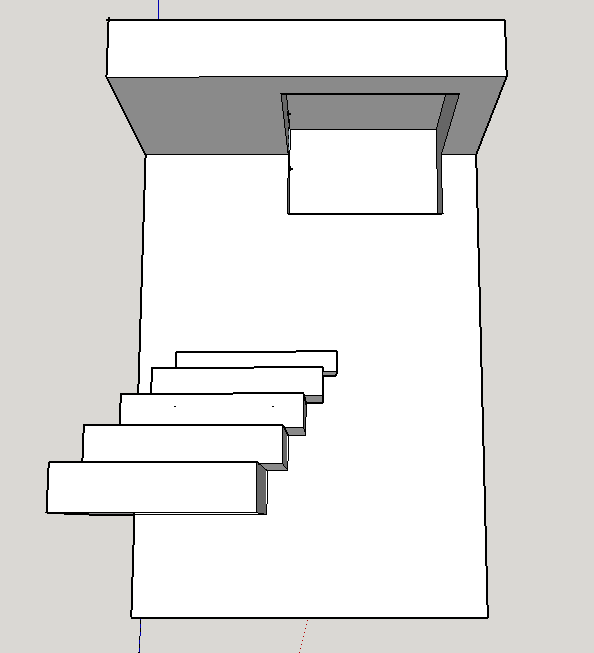
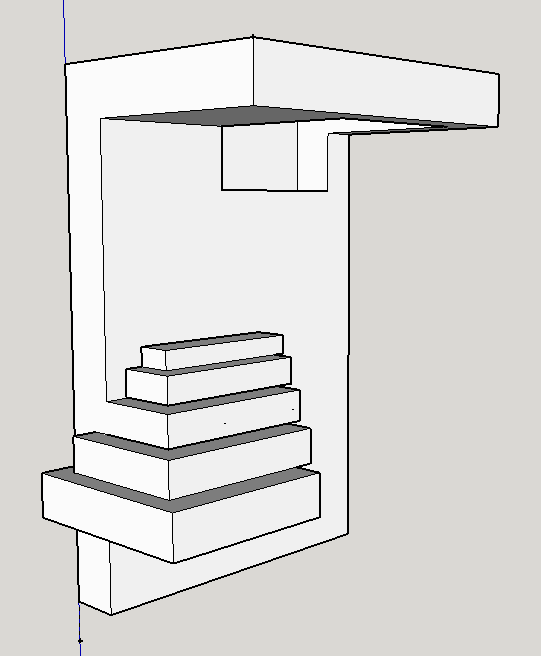
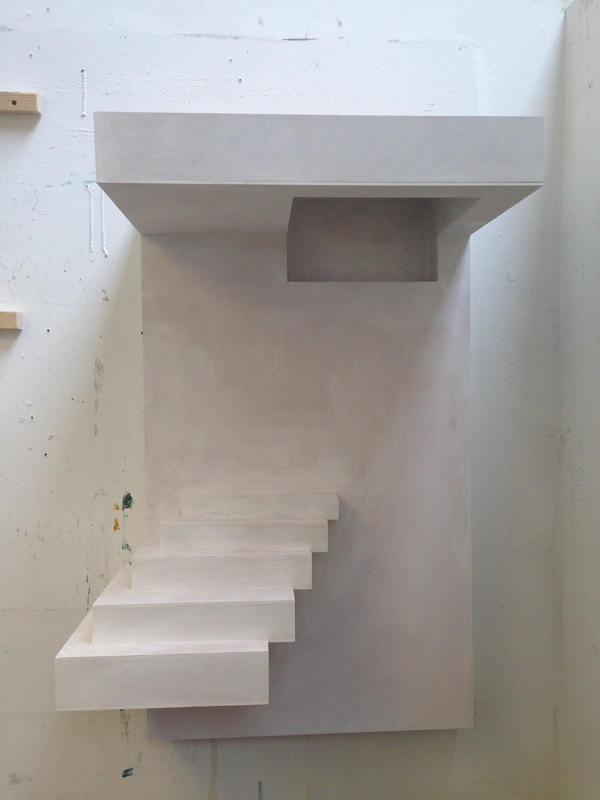
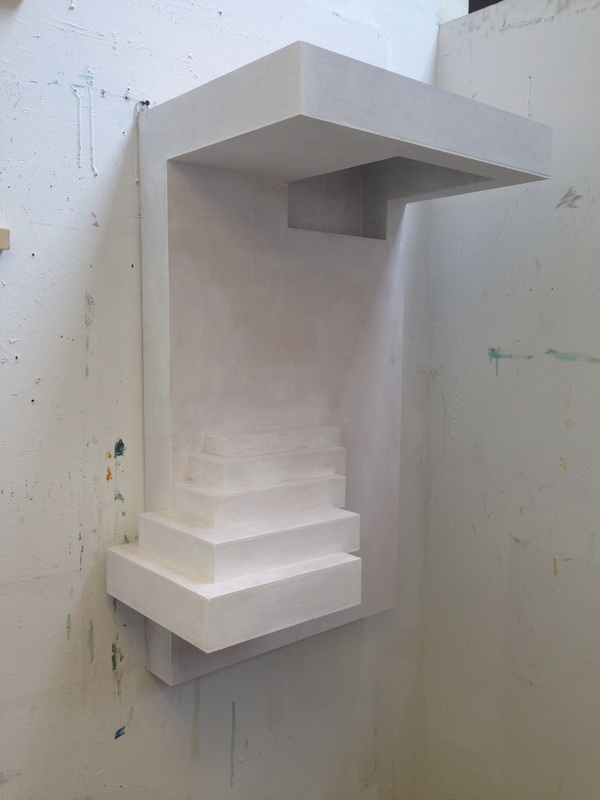
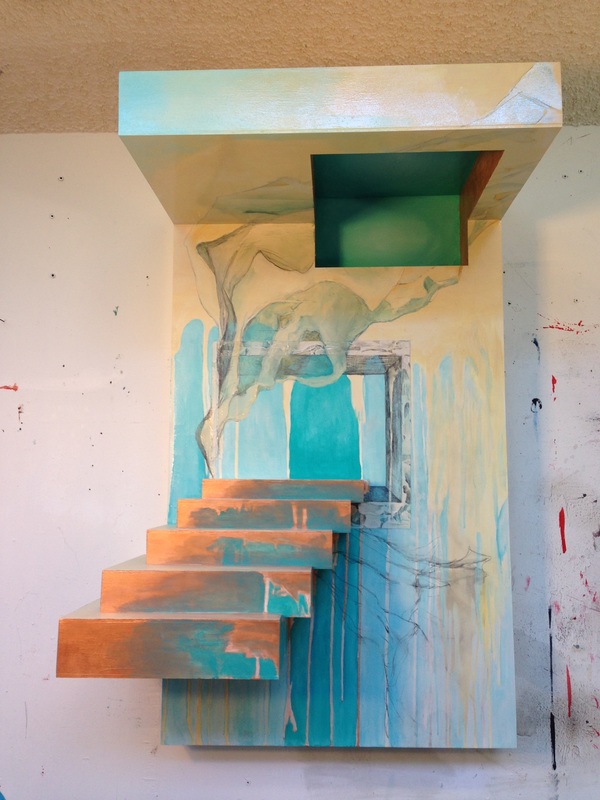
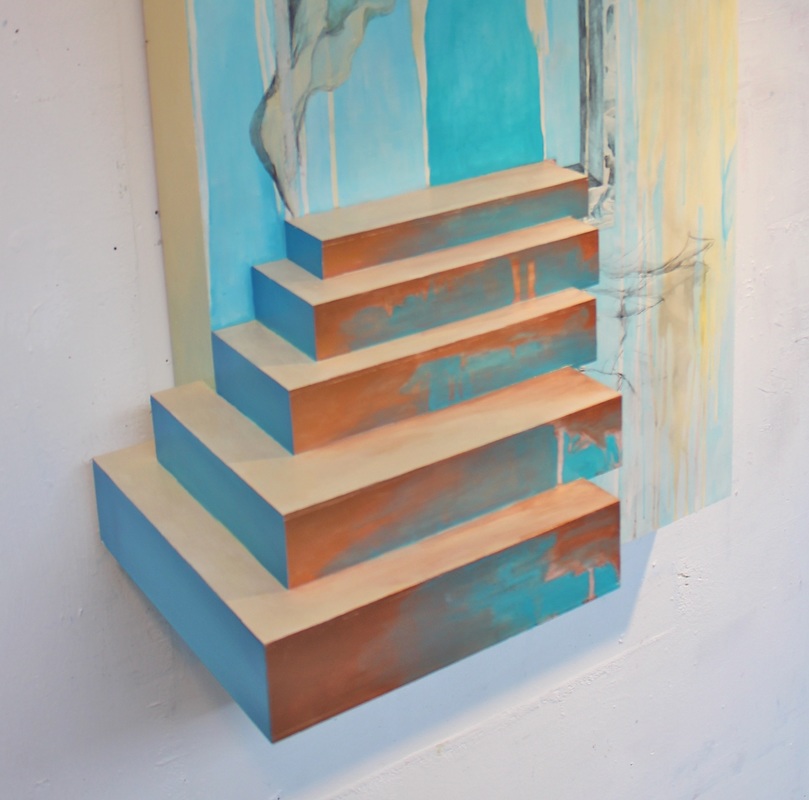
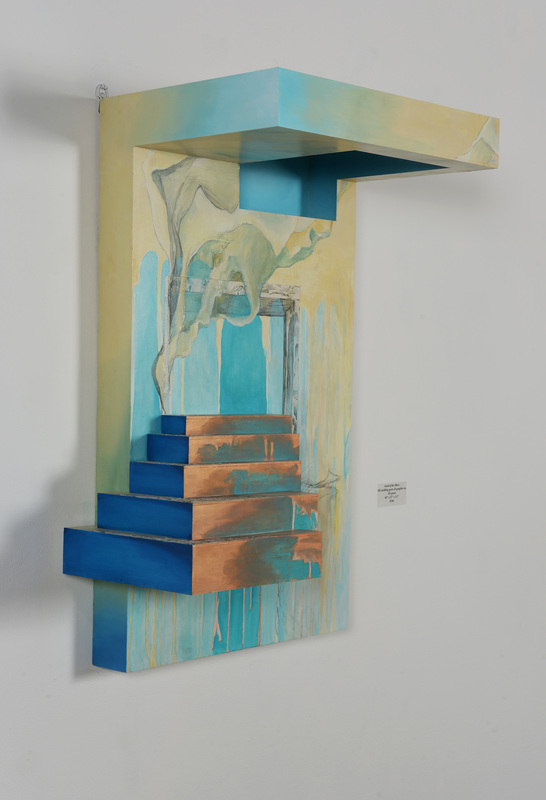
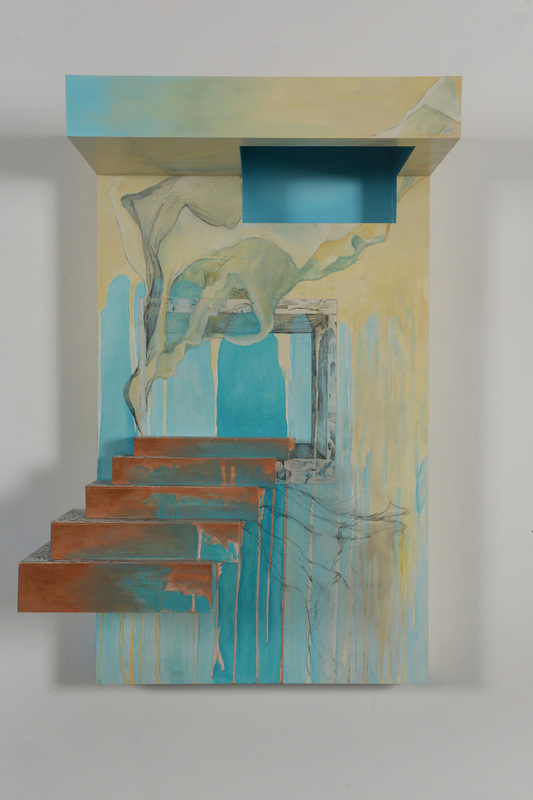
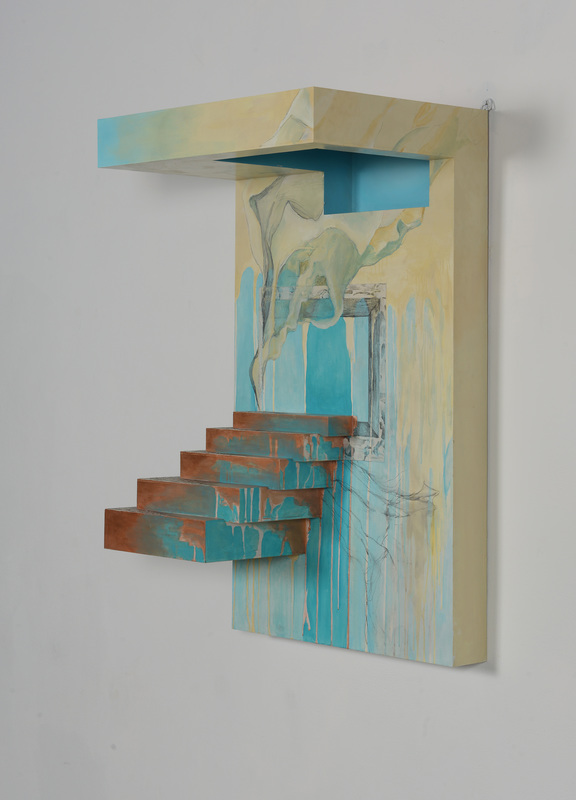
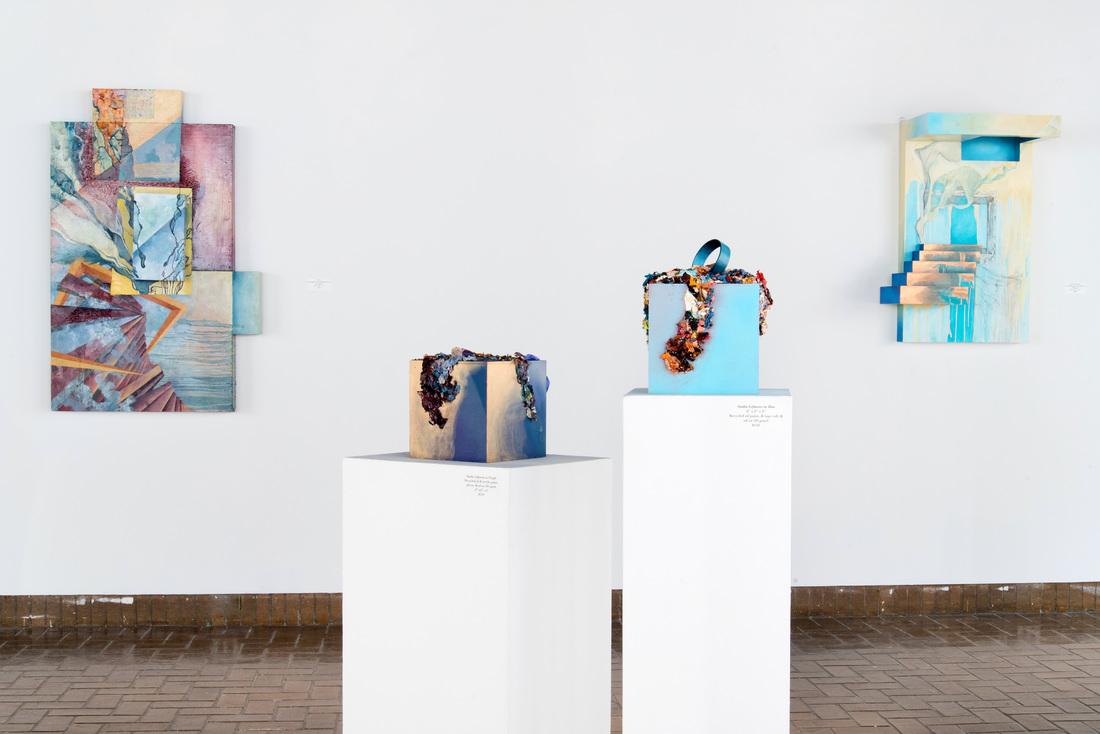
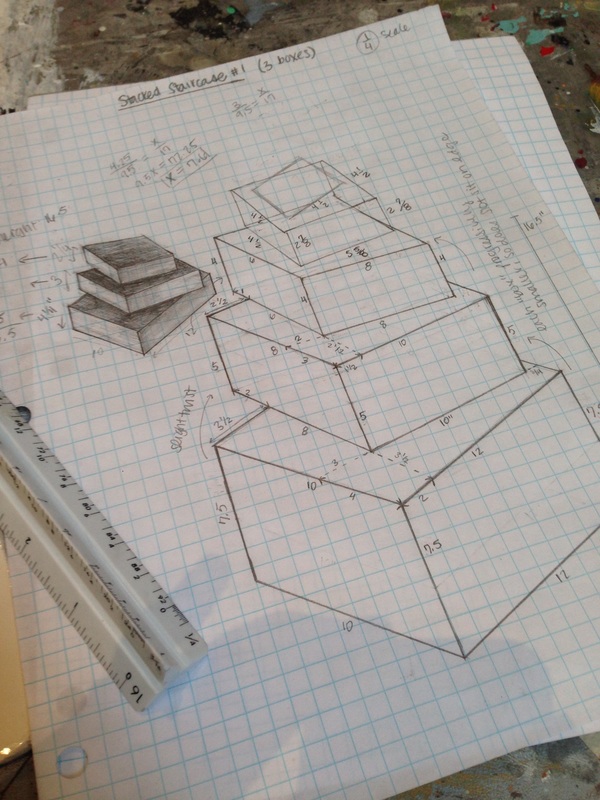
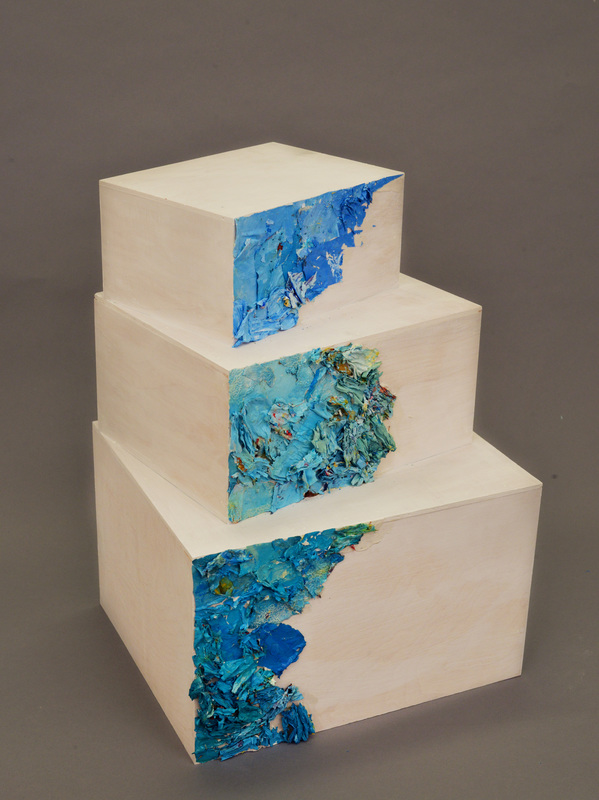
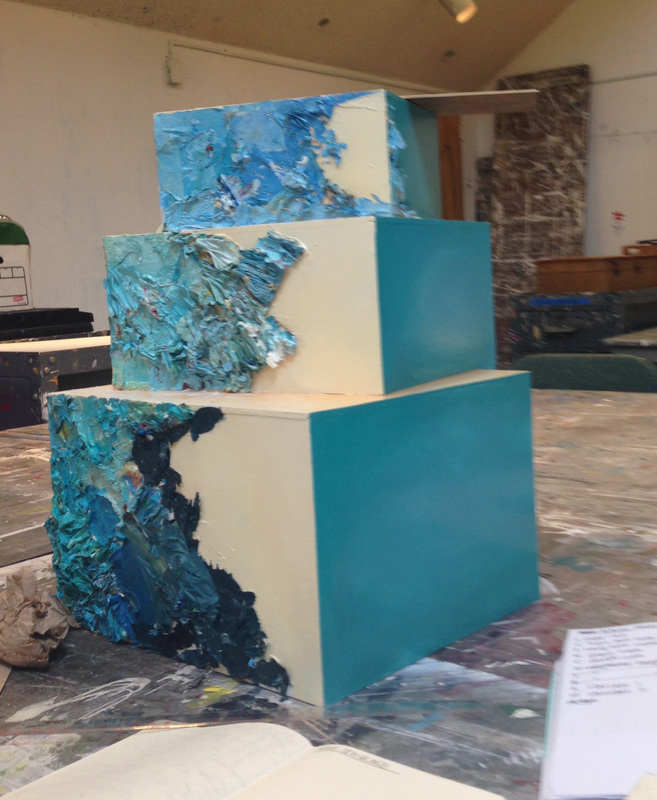
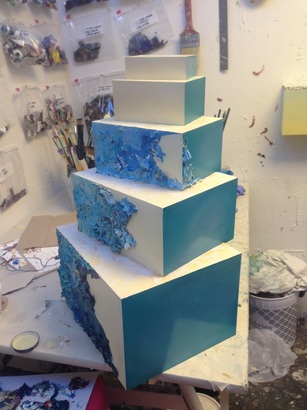
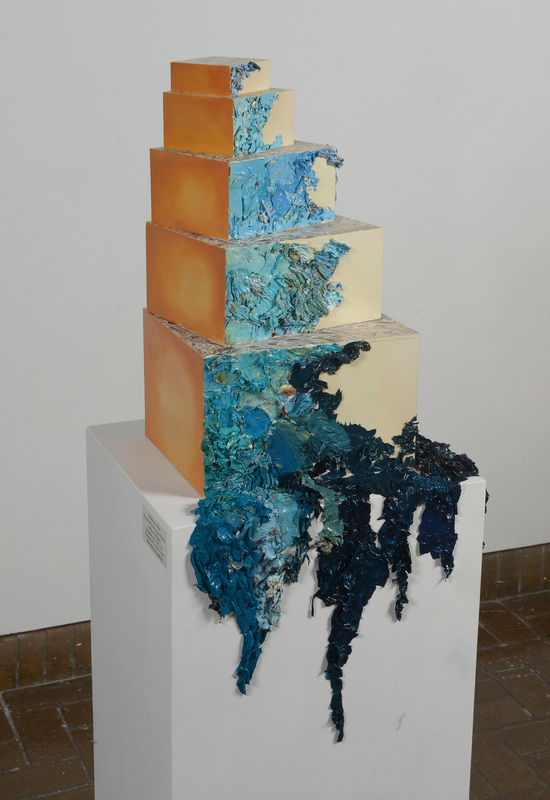
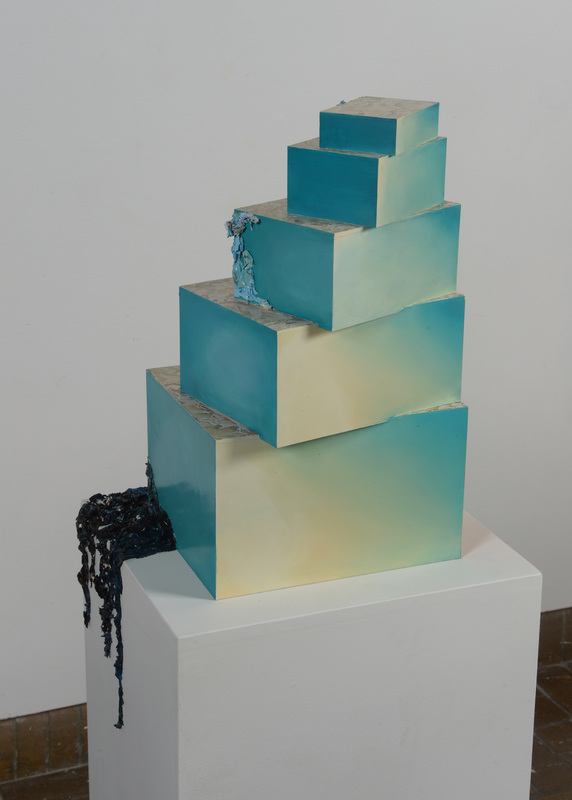
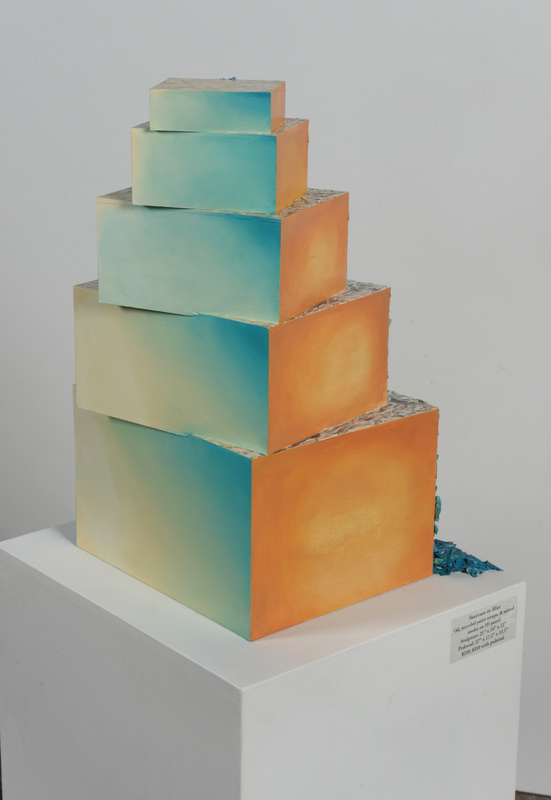
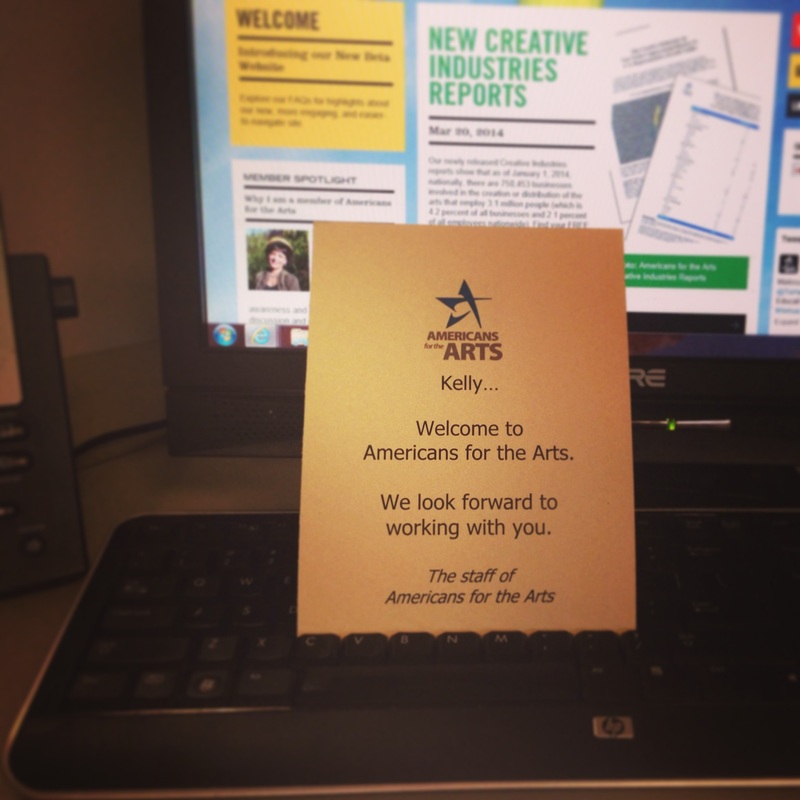
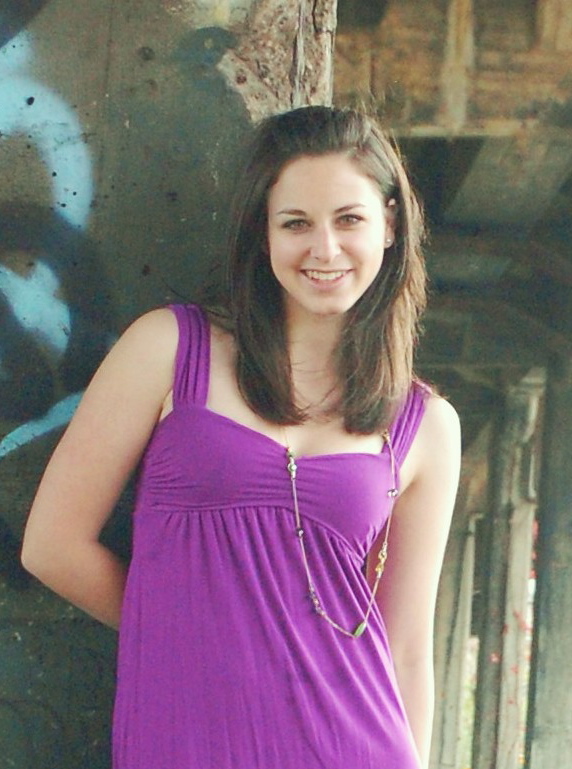
 RSS Feed
RSS Feed